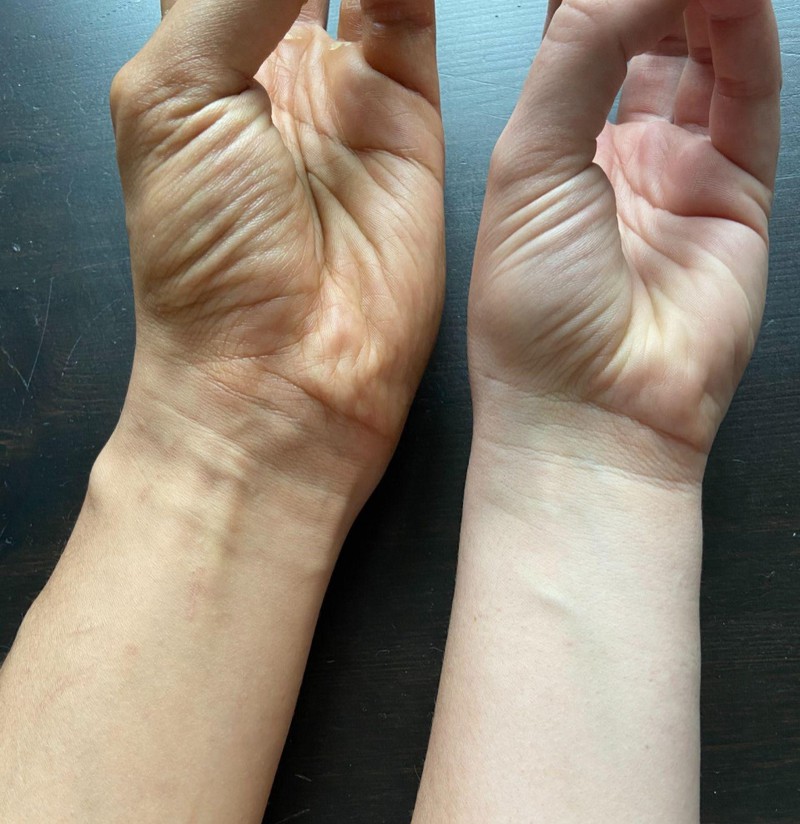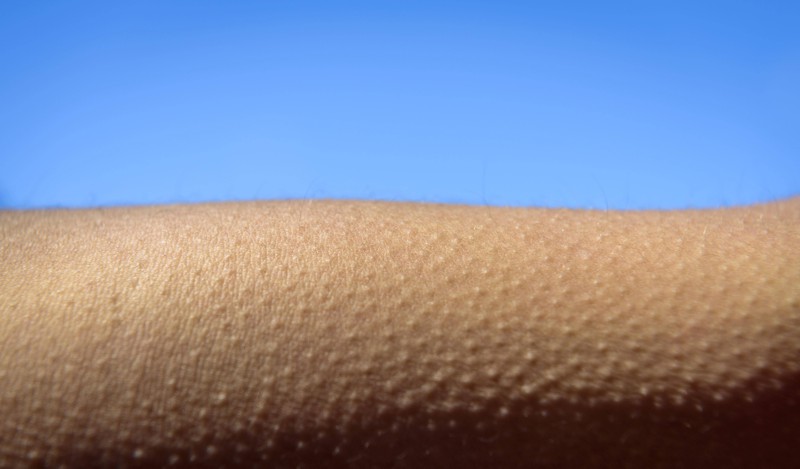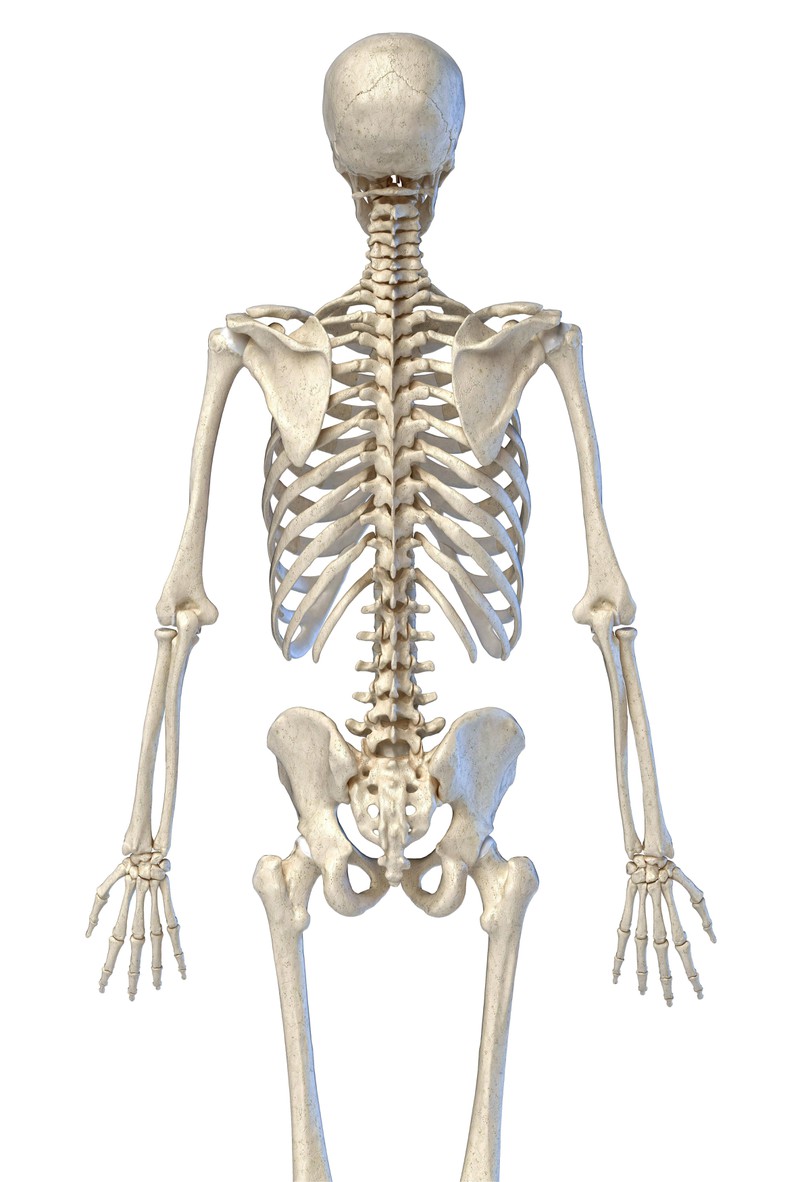Signs Of Human Evolution On Our Bodies
Human evolution is a universal phenomenon that allows living beings to adapt to their environment, and there are signs of this on our bodies.

Many people think of the term 'human evolution' as a past process that has allowed us to walk upright and enjoy a few other conveniences. But evolution is not a computer upgrade that stops when the most important components have been installed - it continues indispensably and always finds new starting points, to put it unscientifically, new upgrade possibilities. Therefore, we (you and I) are still in the full process of development, and, oh yes, there are signs your can observe. The following ten physical characteristics show to what extent you can observe this development in yourself:
1. Long Palm Muscle
This muscle is located on the flexor side of the forearm. It is found (and was found) mainly in primates, where it strengthens the hands and arms - especially for climbing. In the course of evolution, it lost its function in humans, who climbed trees less and less often - but it can still be found in about 80% of the population.

2. Goose Bumps
Almost everyone can observe this rudiment on themselves: There are muscles in our skin that make our hair stand up and cause goose bumps when we are cold or angry. In the past, this allowed more air to pass between the individual hairs, which then acted as an insulating layer. But nowadays, as we no longer have fur, we no longer need goose bumps.

3. Large and Pointed Canine Teeth
Our canines, which are quite large and pointed compared to our molars and incisors, are also part of the evolutionary remnants: they served as an aid for eating hard, raw meat and as a social signal to intimidate enemies or impress fellow humans. In many animals they are still pronounced today, in humans they are comparatively weak.

4. Wisdom Teeth
While we are on the subject of teeth: Wisdom teeth are also a remnant of evolution. Today, they have no function, and at best cause inflammation and pain. This is why they are removed in most cases.

5. External Ear Muscle
Do you know anyone who can wiggle their ears? This supposed talent is due to the presence of the outer ear muscle, which animals use to straighten their ears to better perceive sounds. For humans, however, the muscle is superfluous.

6. 13th Rib
About 8% of the population still has a 13th rib. This extra pair of bones is also found in gorillas and chimpanzees. However, since the rib with the unlucky number no longer has a special function in humans, it will disappear completely in the future.

7. Toes
Well-developed toes help monkeys to grip and climb. In humans, they gradually regressed during development and were used only to maintain balance. However, as we now use the insides of our feet for balance, the toes have also become a non-functional vestige that will eventually disappear completely. But don't try to visualize the result of this evolution, as it may cause persistent nightmares.

8. The Third Eyelid
The small pink corner inside your eye is a leftover part of the nictitating membrane. This was a transparent eyelid that covered the eyes. Some birds, reptiles and fish still have a fully developed eyelid. We humans only have the non-functional remains.

9. Tonsils
Many of us probably don't have them anymore: the tonsils. Indeed, they are often removed. Tonsils are a collection of tissues in the throat that filter bacteria and viruses and are therefore prone to infection, which is why they are often removed, especially during childhood.

10. Men's Nipples
The function of nipples is clear to us: to feed our children. All female mammals need them. So do women. But why do men have them? Well, they are there simply because all fetuses are initially female until the Y chromosome breaks down and a boy is born. However, the nipples remain, without function.
With this knowledge, you can really impress the next know-it-all. Which of the rare vestiges do you still have?

